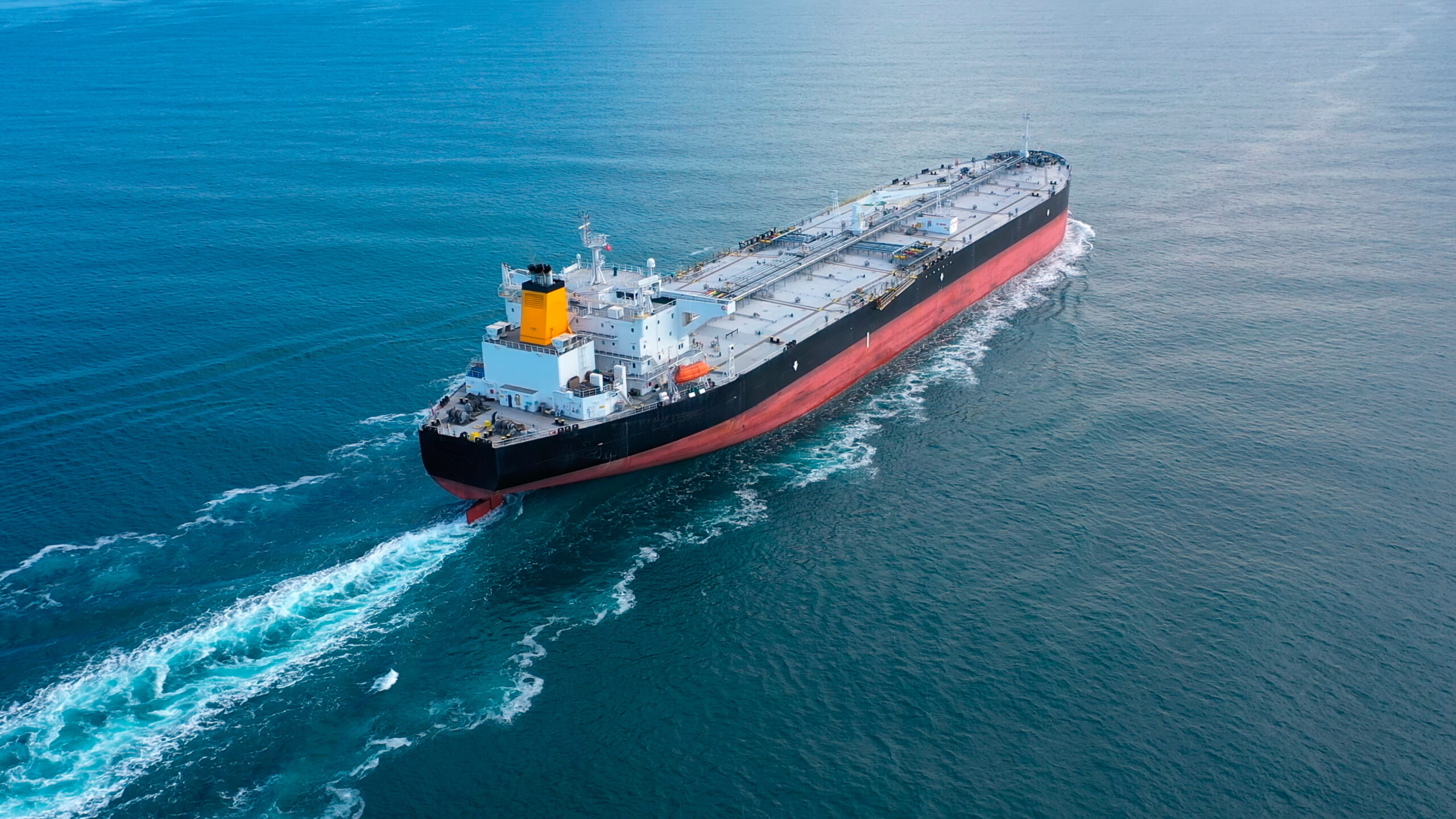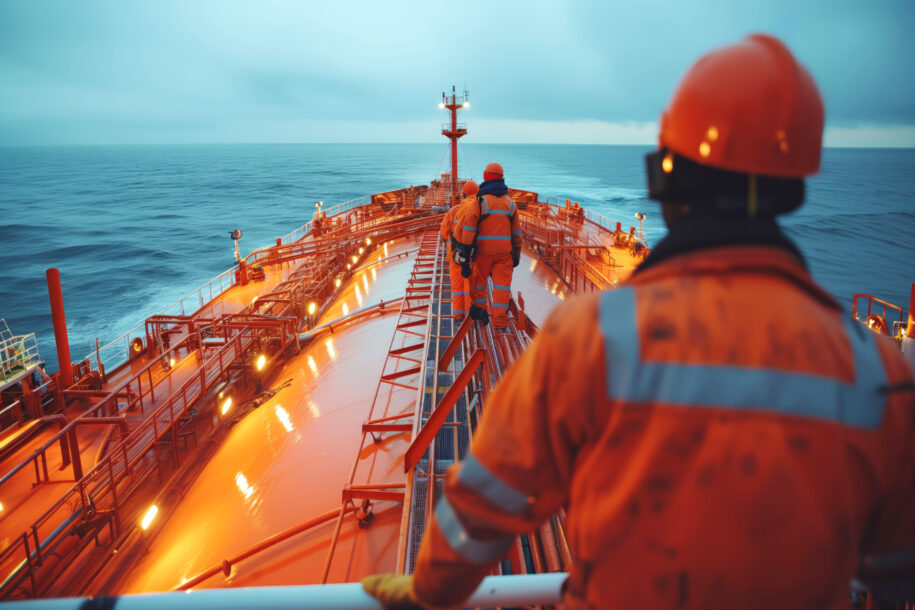The Role of Inspection Scheduling Tools in Maritime Safety
In the dynamic world of maritime operations, safety and efficiency are paramount. Inspection scheduling tools have emerged as a game-changer, streamlining the planning and execution of critical inspections. By digitizing and automating inspection processes, these tools enhance compliance, reduce operational downtime, and ensure vessels meet international safety standards. For LPG tankers and other specialized vessels, leveraging Inspection Scheduling Tools is key to maintaining regulatory compliance and operational excellence.

Why Inspection Scheduling Tools Are Essential
Maritime operations involve multiple layers of complexity, particularly when dealing with high-risk cargo like Liquefied Petroleum Gas (LPG). Inspection scheduling tools simplify the management of inspections required for vessel integrity, crew competency, and environmental protection. These tools offer a centralized platform for:
- Automated Scheduling: Ensuring timely inspections and reducing the risk of oversight.
- Documentation Management: Digitizing records for easier access and compliance verification.
- Real-Time Updates: Keeping all stakeholders informed about inspection progress and results.
- Data Analysis: Providing insights to optimize future operations and minimize risks.
By integrating these features, Inspection Scheduling Tools help operators and inspectors stay ahead of regulatory requirements such as those outlined by the International Maritime Organization (IMO).
Key Benefits of Inspection Scheduling Tools
- Enhanced Compliance
Regulatory bodies like IMO and industry-specific frameworks such as SIRE 2.0 mandate regular inspections for safety and environmental compliance. Inspection scheduling tools simplify adherence to these regulations by automating the planning and execution of inspections.
For instance, these tools can flag upcoming due dates for inspections and generate reminders to ensure nothing is missed. This proactive approach reduces the risk of non-compliance and associated penalties. - Improved Operational Efficiency
Manual scheduling of inspections can be time-consuming and prone to errors. Inspection scheduling tools optimize this process by automating task assignments, tracking deadlines, and minimizing human error.
Additionally, these tools reduce vessel downtime by coordinating inspections during planned maintenance or port stays, ensuring minimal disruption to operations. - Enhanced Safety Standards
Inspections play a crucial role in identifying potential risks before they escalate into serious incidents. With Inspection Scheduling Tools, operators can ensure timely and thorough checks of critical systems, including cargo containment, firefighting equipment, and navigation systems.
By maintaining a consistent inspection routine, these tools contribute to the overall safety of vessels, crew, and the environment. - Streamlined Communication
Coordination between operators, inspectors, and port authorities is critical during inspections. Inspection scheduling tools facilitate real-time communication and data sharing, ensuring that everyone involved is on the same page.
Features like centralized dashboards and automated notifications improve transparency and reduce delays caused by miscommunication. - Data-Driven Insights
Modern inspection scheduling tools come equipped with advanced analytics capabilities. By collecting and analyzing inspection data, these tools help operators identify recurring issues, predict maintenance needs, and make informed decisions to enhance vessel performance and safety.
Applications in LPG Tanker Operations
For LPG tankers, which carry highly flammable and pressurized cargo, inspections are even more critical. Inspection scheduling tools can be tailored to address the unique challenges of LPG transportation, including:
- Cargo Containment System Inspections: Ensuring tanks and pipelines are free from leaks or structural weaknesses.
- Safety Equipment Checks: Verifying the functionality of gas detection, firefighting, and emergency systems.
- Crew Certification Audits: Ensuring crew members meet training and certification standards.
By integrating these functionalities, Inspection Scheduling Tools provide a holistic approach to safety and compliance in LPG tanker operations.
Challenges in Implementing Inspection Scheduling Tools
While the benefits of inspection scheduling tools are clear, their implementation comes with challenges:
- Initial Costs: Deploying these tools requires an upfront investment in software and training.
- Integration with Legacy Systems: Many operators still rely on outdated systems, making integration a complex process.
- User Adoption: Ensuring that crew and staff are adequately trained to use these tools effectively can be a hurdle.
Despite these challenges, the long-term advantages of improved safety, efficiency, and compliance far outweigh the initial obstacles.
The Future of Inspection Scheduling Tools
As technology advances, inspection scheduling tools are becoming more sophisticated. Features like artificial intelligence (AI) and machine learning (ML) are being incorporated to enhance predictive maintenance and risk assessment.
For example, AI algorithms can analyze historical inspection data to predict when a component is likely to fail, enabling operators to address issues proactively. Similarly, ML can optimize scheduling by considering variables such as weather, port availability, and crew schedules.
Additionally, cloud-based solutions are making inspection scheduling tools more accessible and scalable, allowing operators to manage inspections across fleets in real time.
Conclusion
Inspection scheduling tools are revolutionizing the way maritime inspections are conducted. By automating and digitizing inspection processes, these tools ensure that vessels remain compliant with international safety standards while enhancing operational efficiency.
For LPG tankers and other high-risk vessels, adopting Inspection Scheduling Tools is not just a matter of convenience but a necessity for maintaining safety, sustainability, and profitability. As technology continues to evolve, these tools will play an even greater role in shaping the future of maritime operations.
